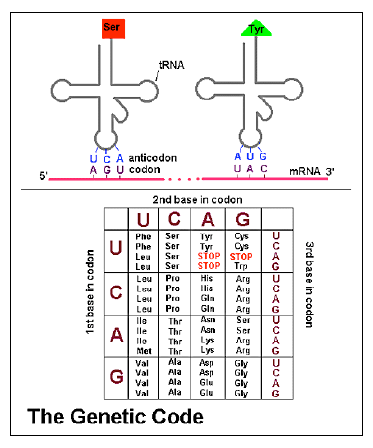Archaeology Supports Exodus Narrative
Who was Pharaoh when Joseph was in Egypt? Who was Pharaoh when Moses was there?
Man or Ape: Which are You? Which do You Choose?
Mar 01, 2007 at 12:00 AM
O Timothy, keep that which is committed to thy trust, avoiding profane and vain babblings, and oppositions of science falsely so called: Which some professing have erred from the faith. Grace be with thee. Amen.” I Timothy 6: 20-21 (KJV)
As we approach this topic, I want to remind us of Paul’s admonition to the young Christian, Timothy, to make strong efforts to keep his faith. Dr. Henry Morris in his commentary on these verses in his annotated The Defenders Study Bible points out that “Science falsely so called” is in the Greek, literally “pseudo-science” or “pseudo-knowledge."
TASC in 2006

This newsletter will review TASC’s activities in 2006 and look ahead to our plans for 2007. Besides by our monthly newsletters and meetings, TASC reached out into the community in a variety of ways through on-campus debates, presentations at churches and schools, and participation in a video on intelligent design. Substantial progress was made towards preparing a web-based Sunday school curriculum. The TASC board held a retreat, four board meetings, and an awards dinner. TASC also began the year with a new chairman.

